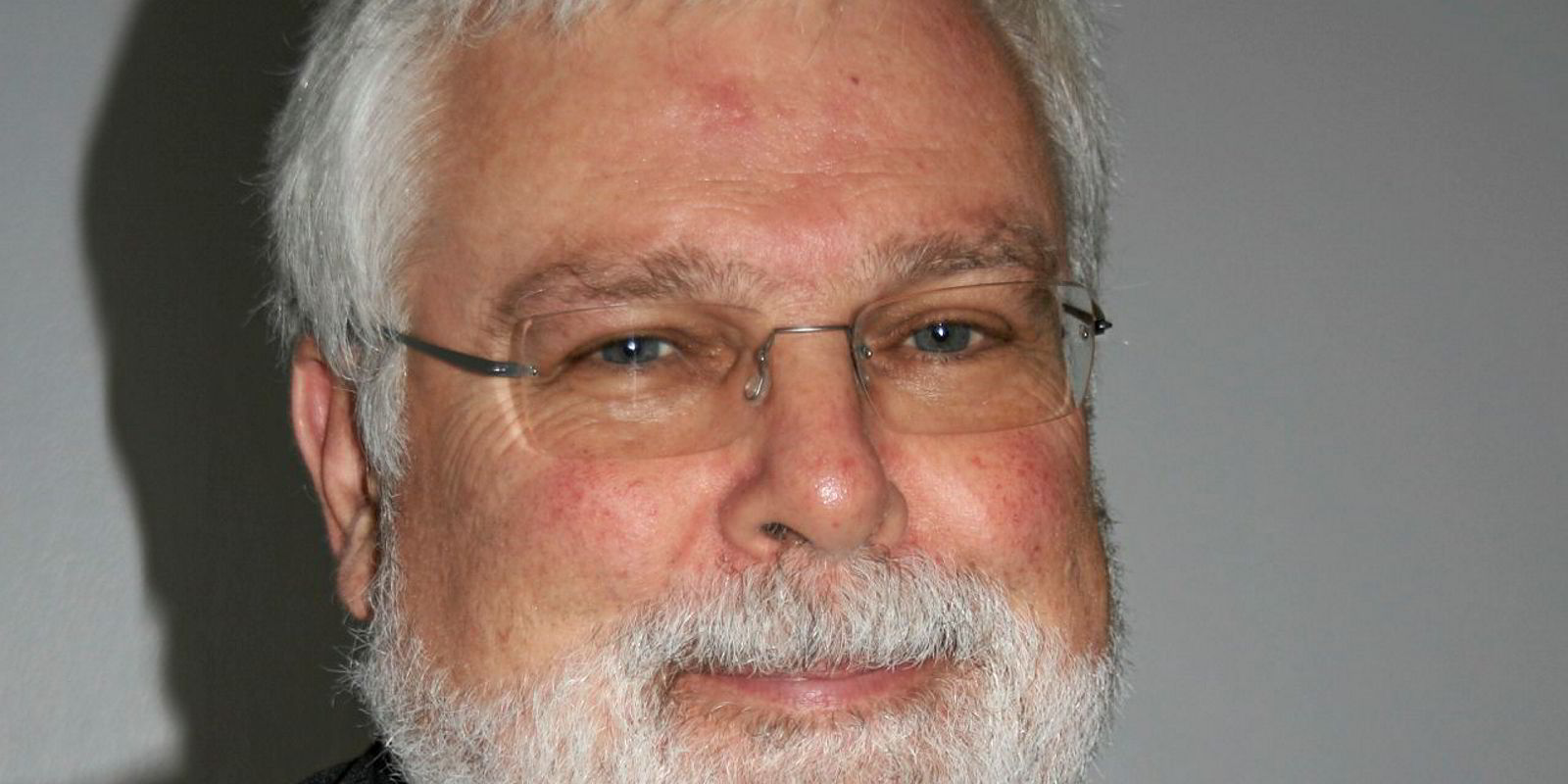When Hurtigruten operated what it claims to have been the first expedition cruise along the Norwegian coast to Svalbard in the Arctic Ocean, little did it know that such voyages would be the subject of global controversy 120 years later.
Hurtigruten itself has sound environmental credentials, including ordering the world’s first battery-powered hybrid ships at Kleven Yards — appropriately named after Norwegian polar explorers Roald Amundsen and Fridtjof Nansen.
But the scramble for expedition cruises to remote and beautiful areas has raised the spectre of pristine environments being damaged by air emissions and the potential of heavy fuel leakage.
So it is little surprise that representatives of well-known companies specialising in, or with commercial links to, cruise shipping gathered in London last week for an Immediasea debate entitled “Is the industry putting sensitive environments at risk?”
As TradeWinds went to press, trade organisation Cruise Lines International Association (CLIA) was also holding a similar round-table discussion in the UK capital, hosted by David Dingle, Carnival UK's chief executive and deputy chair of CLIA Europe. It also focused on the environment, sustainability and technology, as well as investment and new ships.
One view is that the cruise industry is on the back foot following criticism of the speed at which it is cleaning up its act. Another interpretation is that with 17 LNG-fuelled cruiseships now on order and various other environmental initiatives, including the growing use of scrubbers, the passengership players have something to shout about.
The Immediasea debate saw Tom Strang, Carnival Corp’s senior vice president of maritime affairs, line up alongside Rune Thomas Ege of Hurtigruten, Juha Kytola of Wartsila Marine Solutions, Jan Kjetil Paulsen of Norwegian environmental pressure group Bellona, Helge Hermundsgard of DNV GL Maritime and Petter Korslund of Jotun's Hull Performance Solutions.
Inevitably, the cruise industry came under fire during the debate for piling vessels into Norway’s scenic fjords, passengership leviathans delivering thousands of guests simultaneously and leaving the air sometimes pungent with smoke.
Criticism partly reflects the continuing presence of many older cruiseships but not the strides some operators have made via new ships and retrofits in achieving a cleaner future.
No silver bullet was the London panel’s consensus; no single-technology fits all. But there are plenty of “green” options — some in their infancy — depending on vessel size and mode of operation.
Hurtigruten’s Ege started by criticising the expedition cruise industry for not being sufficiently adventurous on the technology front, although with the rider: “I think that is about to change."
He says: "For some reason, we are the only company working with large battery packs on our cruiseships. I am not sure why. We find it a no-brainer. It saves fuel, saves emissions and saves us money.
“The Arctic and Antarctica are literally hotter than ever,” he adds, noting that what was a bucket-list, once-in-a-lifetime-destination experience is now appealing more broadly. But as numbers grow, so is demand for “sustainable operators”.
Ege says Hurtigruten’s so-called “next-generation of explorer ships” will — including hull design — cut fuel consumption and emissions by more than 20%.
”Utilising batteries with other solutions is the way to go," he says. "You have seen a Tesla revolution onshore and I think a Tesla revolution is coming to the seas.”
The company, with 14 ships and 2,600 employees, has stopped using heavy fuel oil in the Arctic, although Ege concedes that “doing stuff instead of just talking about it costs us a shed load of money every year".
A fleet-wide beach clean-up by Hurtigruten, which sails year round along the Norwegian coast and claims to be the biggest operator in the Arctic and Antarctic, found people from all over the world asking when it would be repeated so they could join the ships.
“This says something about the way the market is moving,” Ege says. "People want to be part of this solution and I think the industry should be as well.”
Hurtigruten is planning two more hybrid battery-powered expedition cruiseships.
Jotun sales director Korlsund says: "We believe that sustainability is a game-changer in the shipping industry.”
Shipping had a corporate responsibility to reduce its environmental footprint. Jotun is working to reduce solvents in its paints and there was plenty of other “low hanging fruit” that the industry could focus on.
“Nearly one-tenth of the world fleet’s fuel costs and greenhouse gas emissions come from hull and propeller performance between drydockings,” Korslund says.
Additional fuel costs are estimated at $20bn to $30bn.




